Do you know that a broader, stronger back isn’t just about pulling heavy weights?
While most people think trapezius muscles can only be built with barbells or dumbbells, the truth is, that your body weight alone can transform your upper back strength and posture.
The trapezius, spanning your neck to mid-back, isn’t just an aesthetic muscle—it’s a vital player in neck stability, shoulder health, and overall back power.
In this guide, we’ll dive into 13 bodyweight trapezius exercises designed to build strength and size without a single piece of gym equipment. Let’s bust the myth that calisthenics can’t sculpt your traps!
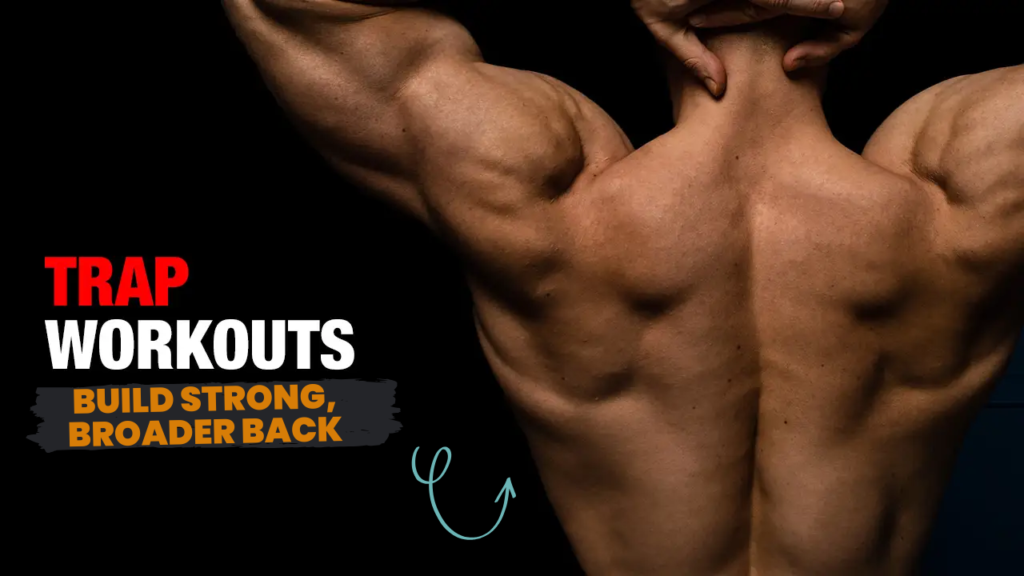
Table of Contents
What Can Happen After 30 Days of Trapezius Bodyweight Exercises
| Positive Changes | Possible Challenges |
|---|---|
| Noticeable improvement in posture—shoulders more aligned, less slouched | Muscle soreness, especially in the upper back and shoulders |
| Increased strength and endurance in the trapezius and surrounding muscles | Difficulty with advanced variations if rushing progression |
| Enhanced shoulder stability and mobility, reducing risk of injuries | Plateau effect if not adding variety or progression |
| Greater confidence in back strength, visible muscle tone starting to show | Neck or shoulder tightness if form isn’t maintained |
| Improved mind-muscle connection, better scapular control | Possible imbalance if not balancing with other muscle groups |
Do’s and Don’ts for Bodyweight Trapezius Exercises
| Do’s | Don’ts |
|---|---|
| Focus on slow, controlled movements to fully engage the traps. | Don’t rush through the exercises; avoid jerky movements. |
| Keep your shoulder blades active and engaged. | Don’t let your shoulders slump or lose form. |
| Perform regularly (3–4 times a week) for best results. | Don’t overtrain—rest at least one day between sessions. |
| Maintain proper alignment (neck, shoulders, and spine) during exercises. | Don’t overextend your neck or arch your back excessively. |
| Start with beginner-friendly moves and progress gradually. | Don’t attempt advanced variations too soon. |
| Warm up properly before starting and stretch afterward. | Don’t skip warm-ups or cooldowns, as this can increase injury risk. |
| Listen to your body—stop if you feel sharp pain or discomfort. | Don’t push through pain; discomfort can indicate poor form or strain. |
| Combine with a balanced workout routine for full-body strength. | Don’t focus only on traps and neglect other muscle groups. |
1. Wall Angels

How to:
- Stand with your back against a wall, feet about 6 inches away.
- Keep your arms in a “goalpost” shape and slowly raise them overhead.
- Maintain contact between your elbows, hands, and the wall.
- Lower back down.
Why it works: This engages the lower traps while improving shoulder mobility and posture.
2. Pike Push-Ups
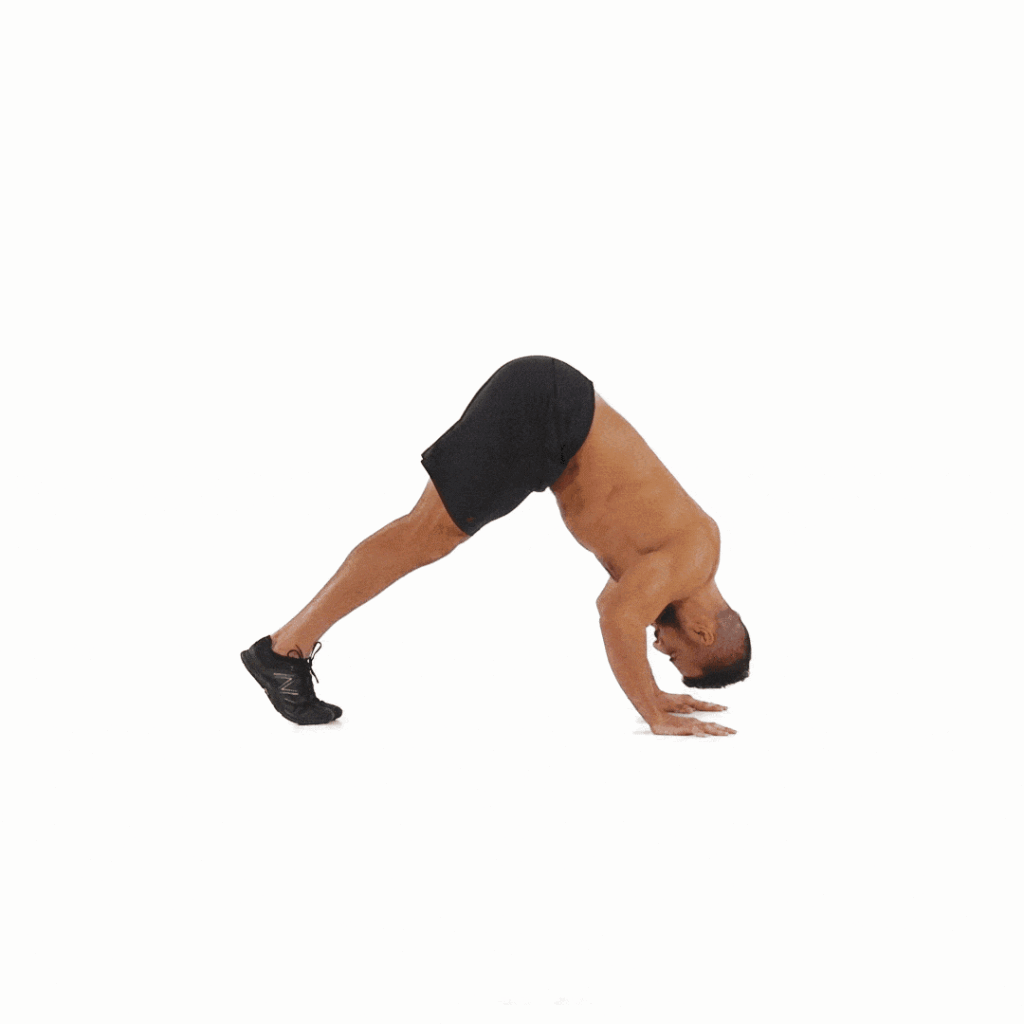
How to:
- Start in a downward dog position.
- Bend your elbows to bring your head toward the ground, then push back up.
Why it works: Targets the upper traps and builds overhead pressing strength.
3. Scapular Wall Slides
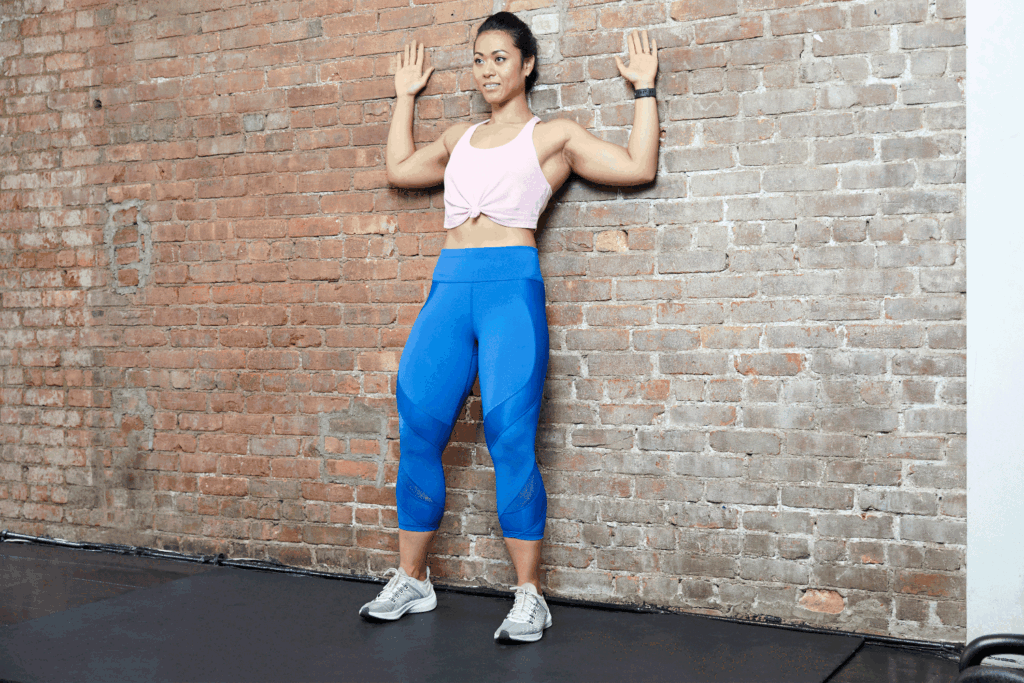
How to:
- Similar to wall angels, but slide your arms up and down in a controlled manner.
- Focus on squeezing your shoulder blades down and back.
Why it works: Activates mid and lower traps while reducing shoulder tension.
4. Prone Y Raises
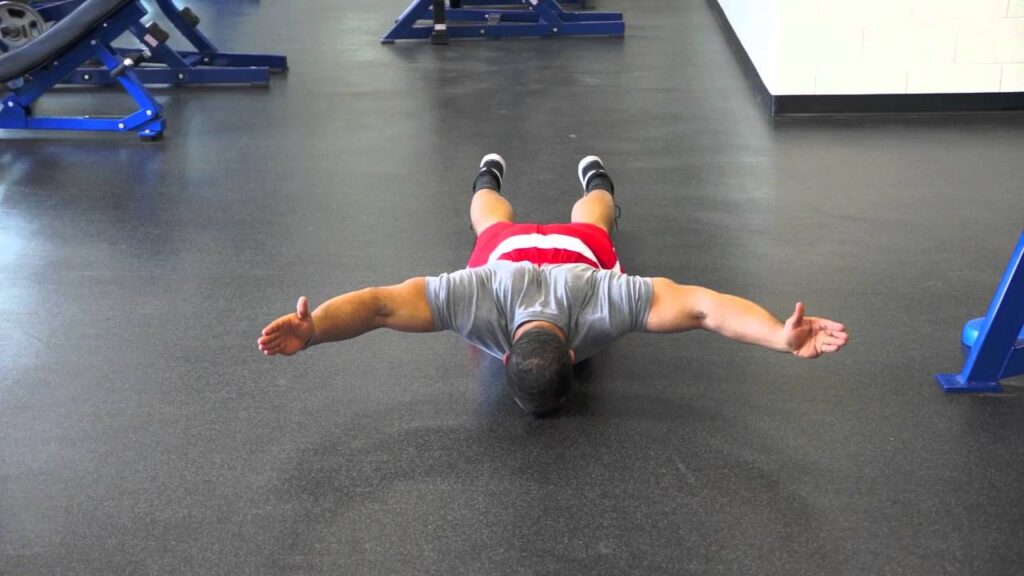
How to:
- Lie face down with arms extended overhead in a “Y” shape.
- Lift your arms off the ground while keeping your torso stable.
Why it works: Strengthens the upper and lower traps, improving shoulder stability.
5. Prone T Raises
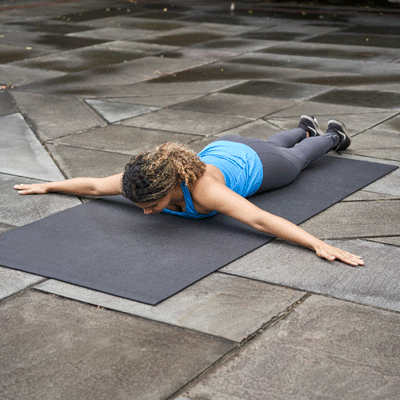
How to:
- Lie face down with arms out to your sides (like a “T”).
- Lift arms while squeezing shoulder blades together.
Why it works: Focuses on mid traps for width and posture.
6. Superman Hold
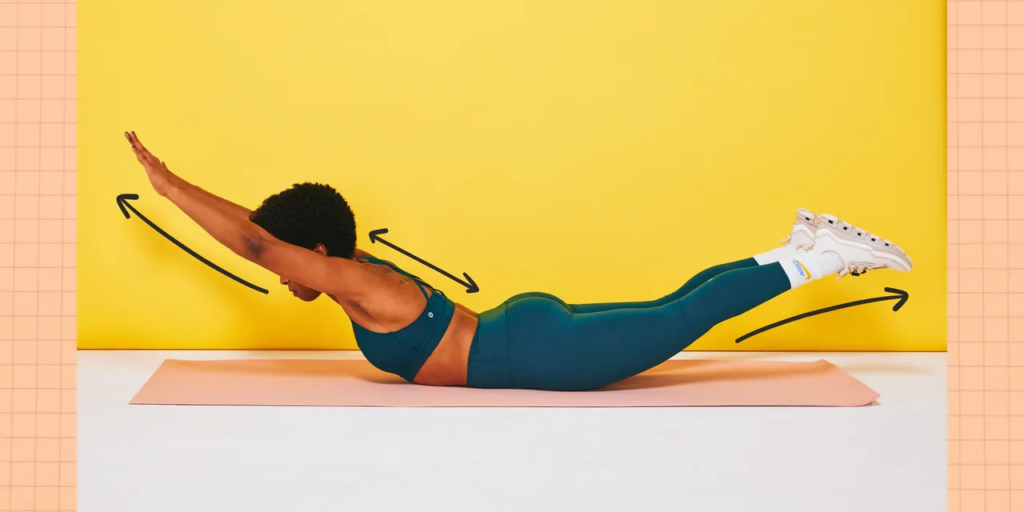
How to:
- Lie face down and lift your chest, arms, and legs off the ground.
- Hold for as long as possible.
Why it works: Engages the entire posterior chain, including the traps.
7. Handstand Hold (Against Wall)

How to:
- Kick into a handstand against a wall.
- Hold, keeping shoulders engaged and traps activated.
Why it works: Builds trap strength and stability in an overhead position.
8. Shrug Pull-Ups
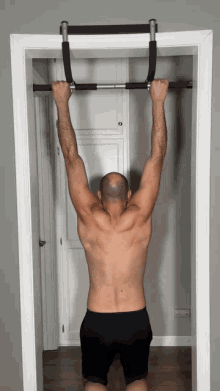
How to:
- Hang from a bar (or sturdy surface).
- Without bending your elbows, lift your body by shrugging your shoulders.
- Lower back down.
Why it works: Isolates upper traps and improves scapular control.
9. Reverse Snow Angels
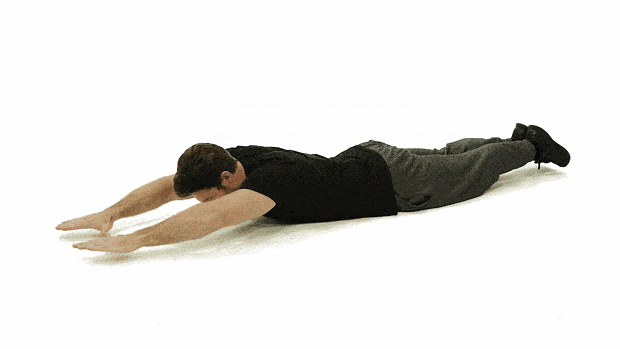
How to:
- Lie face down with arms at your sides.
- Sweep arms overhead (like making a snow angel), then return.
Why it works: Targets mid and lower traps while improving shoulder mobility.
10. Doorway Rows
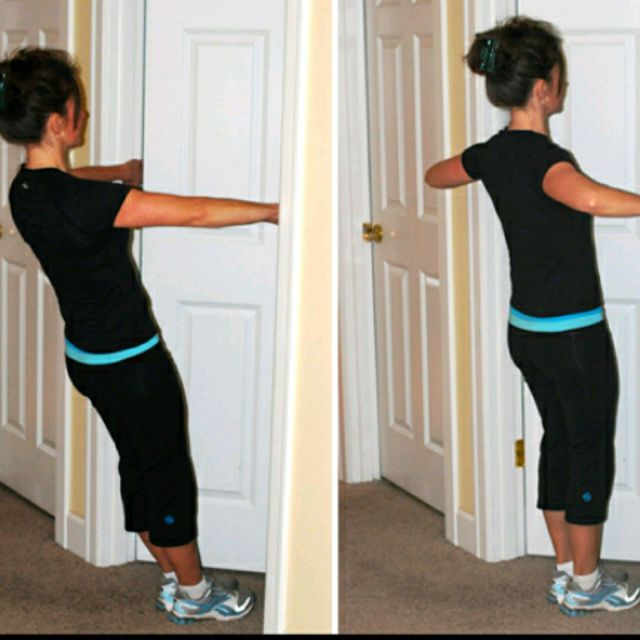
How to:
- Hold onto a doorway or a sturdy edge.
- Lean back and pull yourself forward using shoulder blade retraction.
Why it works: Activates traps, and rhomboids, and builds pulling strength.
11. Incline Push-Ups

How to:
- Perform push-ups with your hands elevated on a surface.
- Focus on shoulder blade retraction as you lower.
Why it works: Engages traps while promoting stability and control.
12. Cobra Pose Lifts
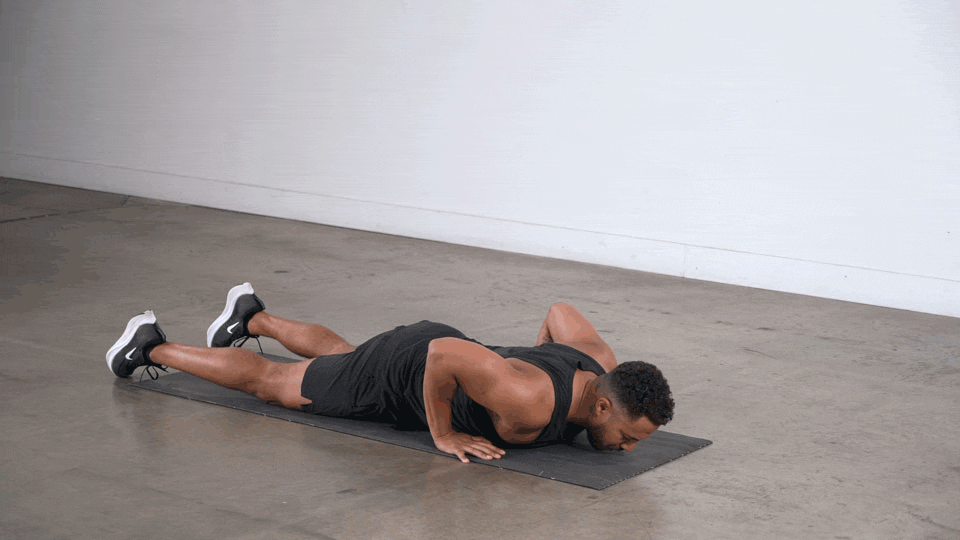
How to:
- Lie face down with hands under your shoulders.
- Lift your chest while squeezing your shoulder blades.
Why it works: Strengthens traps and improves thoracic spine mobility.
13. Scapular Push-Ups
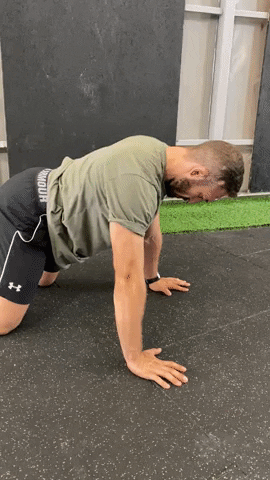
How to:
- Get into a plank position.
- Keep your arms straight and move your chest down and up by retracting and protracting shoulder blades.
Why it works: Strengthens traps, and serratus anterior, and improves scapular stability.
Myth Buster:
Many believe that “shrugs are the only way to build traps”—but bodyweight training offers a safer, more functional approach that enhances real-world strength and posture.
Pro Tip:
Consistency matters! Incorporate these exercises into your routine 3–4 times a week, aiming for 2–4 sets of 10–15 reps (or holds).
Interesting Fact:
The trapezius muscle is named after its trapezoid shape and is one of the largest muscles in your upper body. It plays a critical role in neck, shoulder, and spine health—which is why training it with variety (like these bodyweight moves) makes a huge difference.
Wrapping Up
A strong, wide back isn’t exclusive to weightlifters or gym-goers. With these 13 bodyweight trapezius exercises, you’ll be able to build functional strength, enhance posture, and achieve that broader, more confident look—all from the comfort of home. Challenge yourself, and let your traps do the talking!
Frequently Asked Questions (FAQs)
Can bodyweight exercises really build my trapezius muscles effectively?
Absolutely! While weights add resistance, your body weight can provide enough challenge to build strength and size in the trapezius muscles. Exercises like wall angels, scapular push-ups, and handstand holds target these muscles effectively, promoting growth and definition.
How often should I train my trapezius with these exercises?
Aim for 3–4 times a week, incorporating 2–4 sets of 10–15 repetitions (or holds) per exercise. Give yourself at least one rest day between sessions to allow for muscle recovery and growth.
How long will it take to see results?
Results depend on consistency, effort, and overall fitness levels. With regular practice and a balanced diet, you might start noticing improvements in strength and posture in 4–6 weeks. Visible muscle changes could take a bit longer, typically 8–12 weeks.
Are these exercises suitable for beginners?
Yes! Many of these exercises—like wall angels, prone Y raises, and scapular push-ups—are beginner-friendly. Start with easier variations and gradually progress as your strength improves. Always prioritize proper form over intensity.
Can I combine these exercises with my current workout routine?
Definitely. These trapezius exercises can complement any existing strength or fitness routine. Just ensure you’re not overtraining the same muscle groups back-to-back, and balance them with exercises for the rest of the body.
Do I need any equipment for these exercises?
Most exercises listed are equipment-free and can be done at home. For pull-up variations, a bar or sturdy surface like a doorway bar may be useful. A wall is also helpful for wall angels and handstand holds.
Can these exercises help with neck pain and posture?
Yes! Strengthening the trapezius improves neck stability, shoulder positioning, and overall posture, which can reduce neck and upper back tension. However, if you have chronic pain, consult a healthcare professional before starting any exercise routine.
What’s the difference between upper, middle, and lower traps?
The upper trapezius lifts the shoulders and supports neck movement. The middle trapezius retracts the shoulder blades (pulls them back), while the lower trapezius stabilizes and depresses the shoulders. These bodyweight exercises target all three regions for balanced development.










